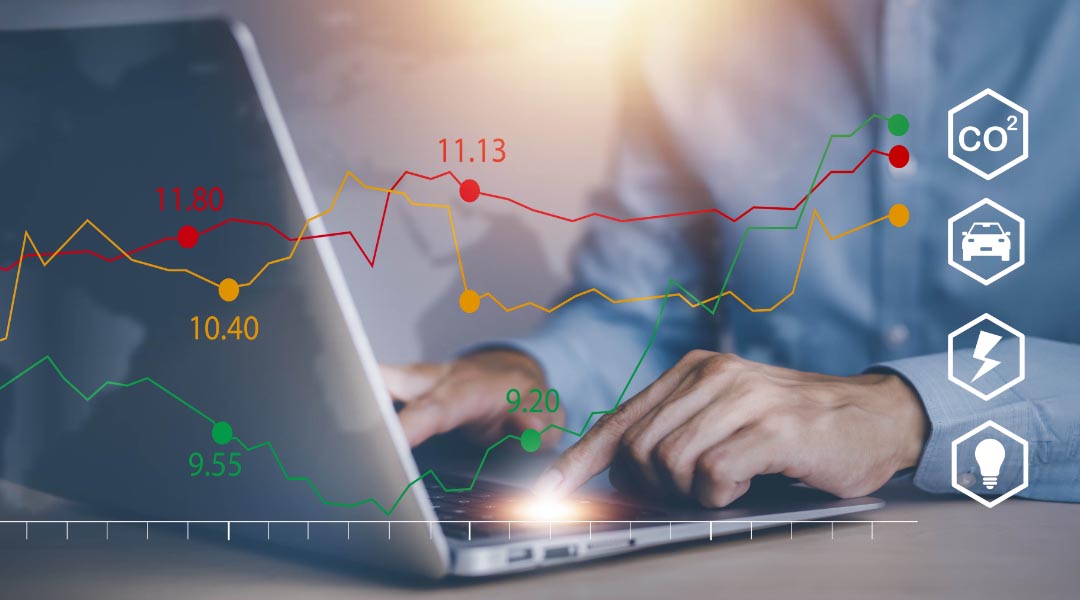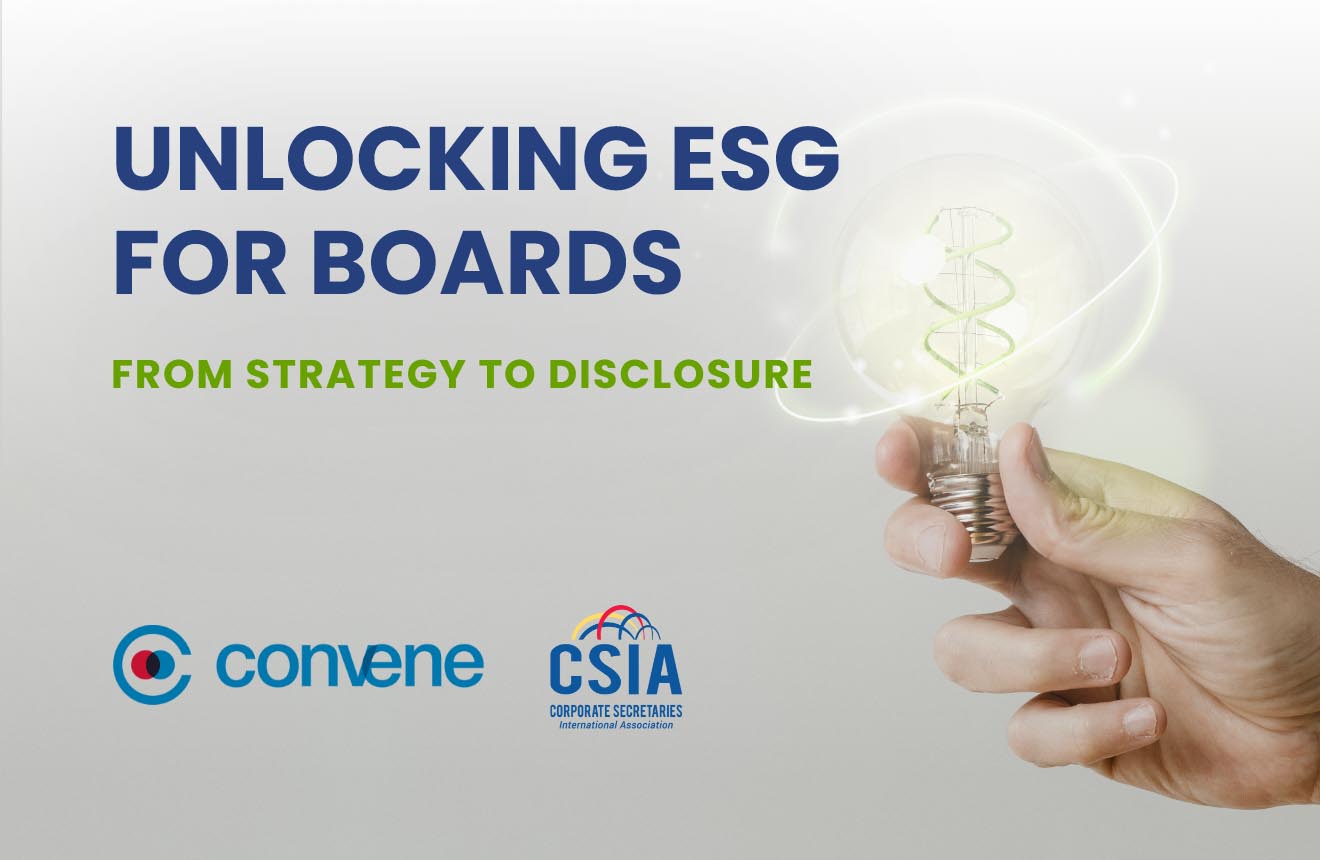For many investors and the public alike, the prominent element of environmental, social, and governance (ESG) reporting is that initial ‘E’. As climate change continues to impact industries, livelihoods, and consumer choices, stakeholders want to know how the companies they trust are rising to the challenge of adapting to a changing environment.
What you Need to Know About the CDP

What is CDP?
One of the first organisations to meet this challenge head-on is the CDP. Formerly the Carbon Disclosure Project, CDP is an international nonprofit organisation that provides the voluntary CDP reporting framework, through which companies can file annual reports detailing their environmental impacts and efforts to reduce emissions, pollution, and collateral damage to the environment and climate.
The Carbon Disclosure Project was among the first organisations set up to help businesses adapt to the coming era. Founded in 2000 with just a handful of initial investors and stakeholders, CDP has grown over the last 22 years to become a leading carbon emission reporting framework, counting over 13,000 participating companies.
The Impact and Benefits of the CDP
The CDP’s goal is to make regular disclosures of environmental and climate data a matter of course in the corporate sector. In 2021 alone, the CDP saw a 56% increase in investor support from the previous year. These investors engaged 29% more companies compared to 2020, proving that companies are more likely to disclose their environmental impact when approached by investors.
The CDP sends letters annually to company boards requesting that they disclose their environmental impact. In 2022, the Letters were supported by 680 financial institutions with over $130 trillion in assets and sent to 10,400 companies.
Some advantages of CDP reporting include the ability to:
- Identify supply chain risks,
- Evaluate carbon-reduction performance against competitors, and
- Avoid any repetitional risks.
Greater accountability and transparency can make your company more attractive to eco-conscious stakeholders and give you a firm footing in the future of sustainable business.
With the changing mandatory disclosure landscape, companies that use the CDP reporting framework will get a leg up with its multi-regional applications and alignment with Task Force on Climate-related Financial Disclosures (TCFD) recommendations.
How to Use the CDP Reporting Framework
Companies can submit carbon emission reporting data through CDP’s series of three questionnaires on climate change, water security, and forests. First, based on the industry in which the reporting entity operates, respondents are asked to cover topics in the forests questionnaire such as their use of natural commodities and the impacts of operations on woodlands and other environments.
Second, to address water risks and opportunities, the water questionnaire asks companies about their water resources for cooling, cleaning, and processing, as well as efforts to recycle and clean water.
The climate change questionnaire, meanwhile, addresses topics such as efforts to disclose carbon emissions and adopt lower-carbon technologies and methods. This also covers future-proof operations against possible risks that may directly impact the company’s reputation, assets, and operations.
Answers must be provided for a range of questions relevant to each sub-topic, with grades of A to D- assigned based on scoring criteria for performance in each metric. Respondents may decide to answer only core questions or address additional factors to generate a more complete disclosure report for stakeholders.
Companies have the option of disclosing climate data voluntarily and preemptively, or investors or customers may request information to be supplied through the framework.
How ESG Software Can Support CDP Disclosures
Although the CDP reporting framework is designed to be comprehensive and intuitive to use, you may be wondering, “How can I improve my CDP reporting?”
As with many methods of reporting, ESG software is one of the most efficient labour-saving assets when reporting through the CDP framework. Many of the questions in the three questionnaires require detailed data, which can be difficult to calculate and compile manually.
ESG reporting software is useful for calculating carbon emissions, especially Scope 2 emissions arising from electricity, steam, heat, and cooling usage. The software can also collate information into a complete library covering Scopes 1, 2, and 3 emissions, categorising them according to location, facility, activity, and group.
A further advantage of using software for CDP reporting is that it enables companies to easily compare year-on-year performance. A reliable ESG software suite can significantly reduce the amount of effort and time required to chart emission trends. This can then be used to inform changes to existing eco-friendly policies and the establishment of new ones.
ESG software also automatically updates to the latest standards, such as the CDP’s climate change 2022 reporting guidance to ensure responding companies deliver up-to-date information to stakeholders.
Carbon Emission Reporting in One Full-Service Platform

When you want to take your company’s CDP reporting to the next level, find out more about Convene ESG. This comprehensive ESG reporting software suite satisfies every requirement in the CDP reporting framework and helps you build on carbon emission reporting successes, keeping investors and the public in the know.
Take a closer look at the features Convene ESG can offer to aid in your ESG and CDP reporting.




